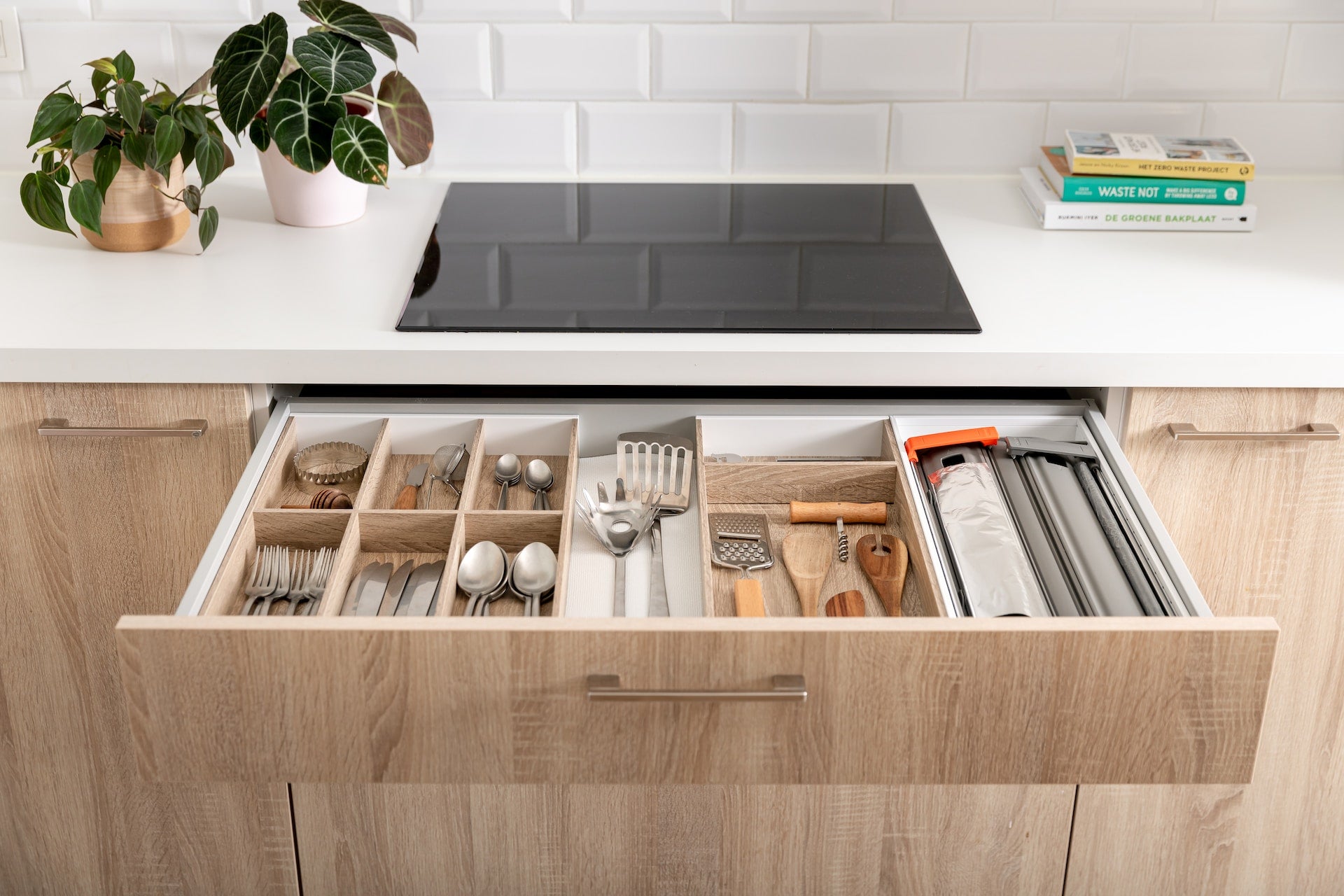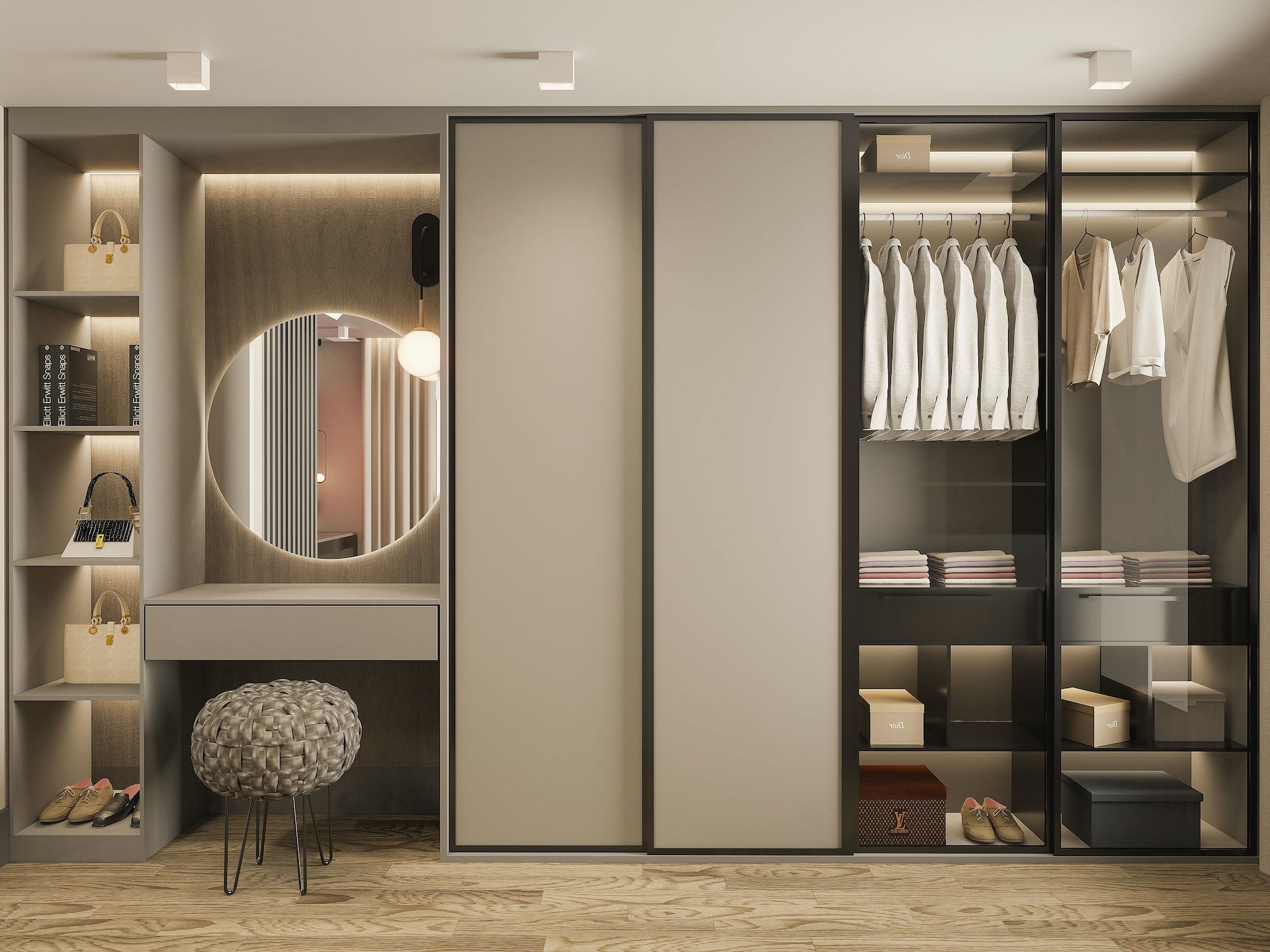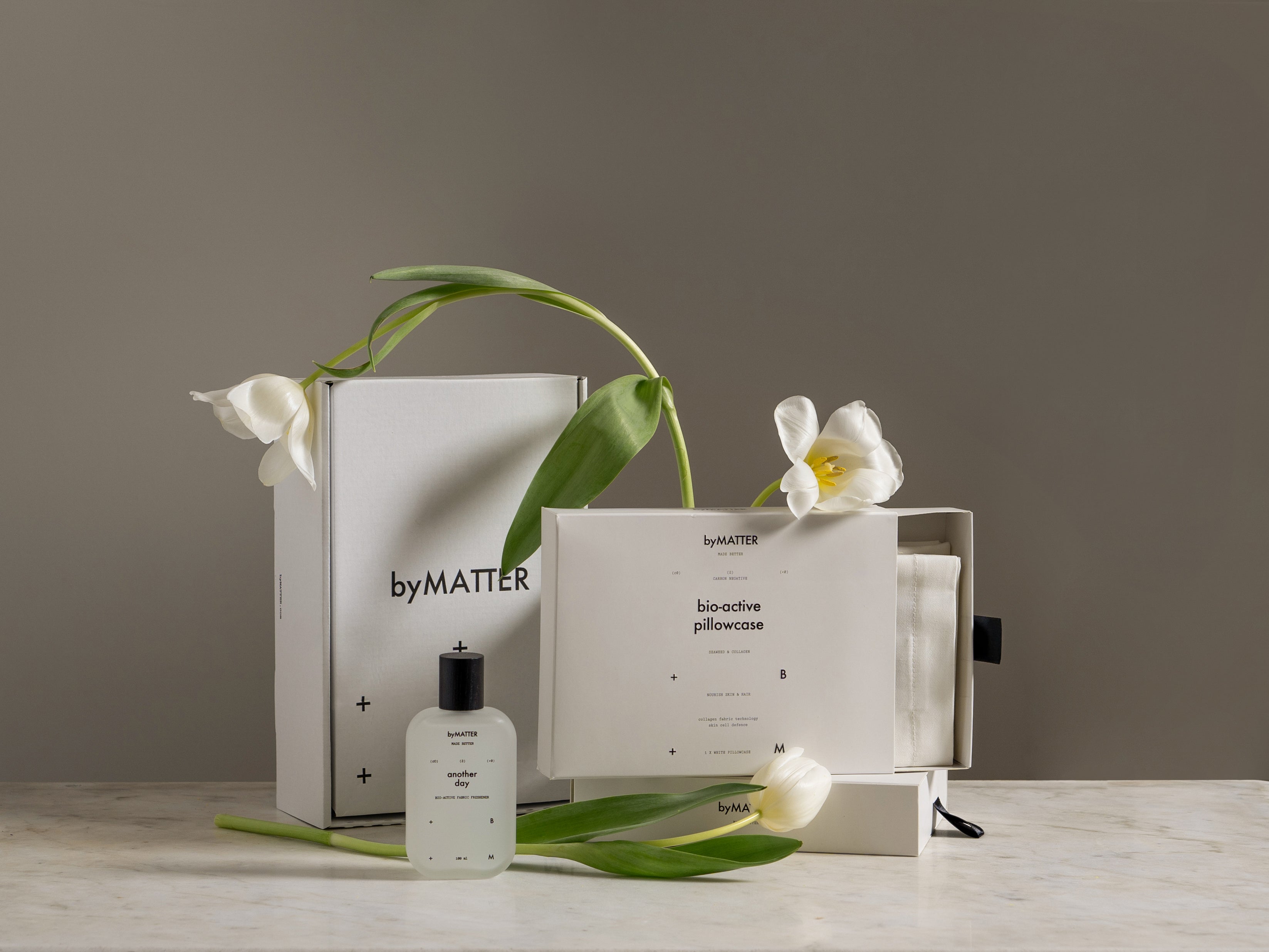Did you know that around 3,000 liters of water are needed to make one standard cotton pillowcase?
Cotton is a popular fabric, however our over-reliance of this single material has consequences. Cotton production results in the excessive use of water and pesticides, leading to water scarcity and pollution. There is a call for new materials that offer an alternative to Cotton, and consume less natural resources.
Seacell™ is made by combining cellulose from wood pulp with seaweed, which is known for its anti-inflammatory and anti-bacterial properties. When combined with Cotton, it is a soft, lightweight fiber that is both biodegradable and eco-friendly, making it ideal for bedding.
Rich in minerals, antioxidants and vitamins
Seacell™ fibers contain a natural blend of minerals, antioxidants, and vitamins that nourish, soothe, and protect the skin. Research has shown that the fibers of Seacell™ material have been found to release essential vitamins and minerals, helping to reduce skin irritation and support in activating skin cell regeneration - which aids in the healing process.
Temperature regulating
Seaweed fibers have a natural ability to absorb and release moisture quickly, helping to regulate body temperature and prevent night sweats. As a result, Seacell™ bedding keeps the sleeper dry and comfortable throughout the night, improving the overall sleep quality.
Hypoallergenic
The anti-inflammatory and anti-bacterial properties found in seaweed make it an ideal material for people with sensitive skin or allergies. The natural fibers of Seacell™ are gentle on the skin and help to reduce skin irritations, providing a healthier sleeping experience.
Sustainable
Seacell™ bedding is also recognized for its sustainability and environmental benefits. Seaweed is a highly renewable resource, and its production requires less water, space, and energy than other natural resources such as cotton.
The production process of Seacell™ also contributes to its environmental benefits. The process of creating Seacell™ fibers produces negligible amounts of atmospheric pollutants, making it a more eco-friendly alternative to traditional textile production methods.
Seacell™ bedding can also be recycled after use, reducing waste and contributing to a circular economy. This way, the material's reusability allows for an eco-friendly option even after it's no longer needed.
The future of materials
As people look for more environmentally friendly and sustainable products, Seacell™ stands as one of the leading materials in the textile industry. By using Seacell™ in bedding, you can sleep comfortably knowing that they are making a positive contribution to the environment, and skin too.
Read more

Gone are the days of needing to spend hours using highly toxic chemicals to polish silver item by item. We have the easiest hack to cleaning silver in just 10 seconds - and it’s using non-toxic in...

Fabric fresheners have become a staple in many households, promising to leave our clothes smelling clean and fresh. However, there is a growing concern about the chemicals used in traditional fabri...


